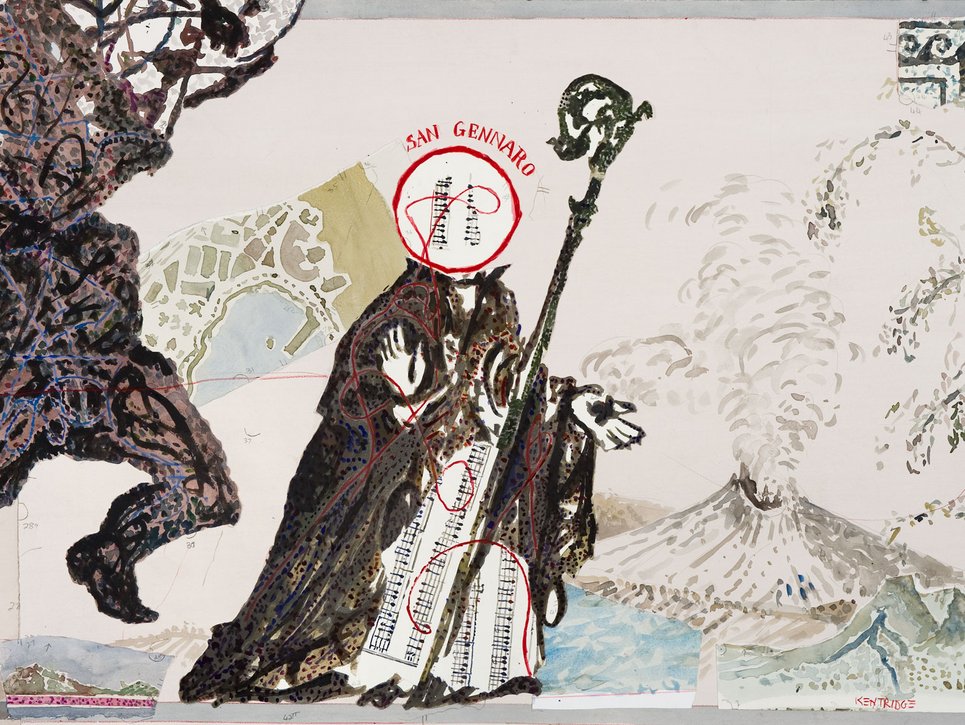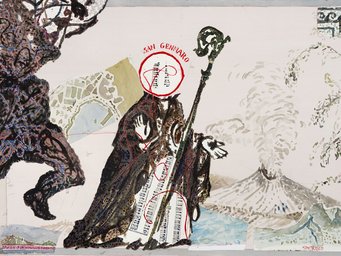Palimpsest Naples

Naples is the largest urban reality in southern Italy and one of the most significant in the country. Traces of its long history are embedded in the various layers of its urban texture. A criterion of continuity in the sense of overlapping strata cannot, however, always be used to understand its evolutionary chronology; in a more evident and articulated way than is true of other urban sites, Naples resembles a palimpsest. Indeed, the evolution of urban scape has often been partial and discontinuous, and the traces of previous stages have not been completely effaced, either consciously or otherwise. Thus, the 'stratigraphic sequence' is readable at a simultaneous level, rather than by a top-down sampling through superimposed layers.
As a former capital and cultural and economic stronghold of the post-unification State, the city has been the focus of sustained attention and a continuous exchange of ideas on the part of both local and European scholars. Nevertheless, the historiographic reception of Neapolitan art and culture has been characterized by a certain stiffness. For instance, nineteenth- and twentieth-century nationalistic perspectives have determined the image of a 'colonial' Naples dominated by a succession of foreign dynasties that supposedly shaped its arts and monuments according to "canons" established in their native lands. On the other hand, the recurring idea of a subordination to the major centers of art production, both in Italy and abroad, has overshadowed Naples originality, even beyond national borders.
Though starting within the broader frame of interest in southern Italy – a deeply rooted tradition at the Hertziana – the project Palimpsest Naples aims at innovatively contributing to the research field on the capital of the Campania region by providing a platform for the observation of the cultural heritage of Naples and for debating approaches and methodologies of historical research, in tune with new perspectives and up-to-date questions in the humanities.
Fellows and members of the Institute's scientific staff who participate in the project are individually engaged in active research on specific aspects, such as the creation and use of royal and sacred space; Naples's multilayered cityscape as a mirror for identity through which aspects of the past were, and have continued to be selectively recovered; and distinctive features of Neapolitan art and cultural environment. Furthermore, attention is placed on historical phases that appear to have been less explored in recent historiography and criticism, such as the early and high Middle Ages, the twentieth century, and Contemporaneity.
Scholarly exchange between the researchers is promoted by means of a permanent research laboratory, the Neapel-Forum, and a schedule of regular meetings and shared initiatives in which issues with which the members are grappling are discussed, and a lively scientific dialogue is promoted. In parallel, Palimpsest Naples is interactive with the network of local and foreign academic institutions and research teams centered on Neapolitan studies. The group's initiatives also include public lectures, seminars, workshops and conferences addressing Neapolitan topics through a comparative and interdisciplinary approach.
